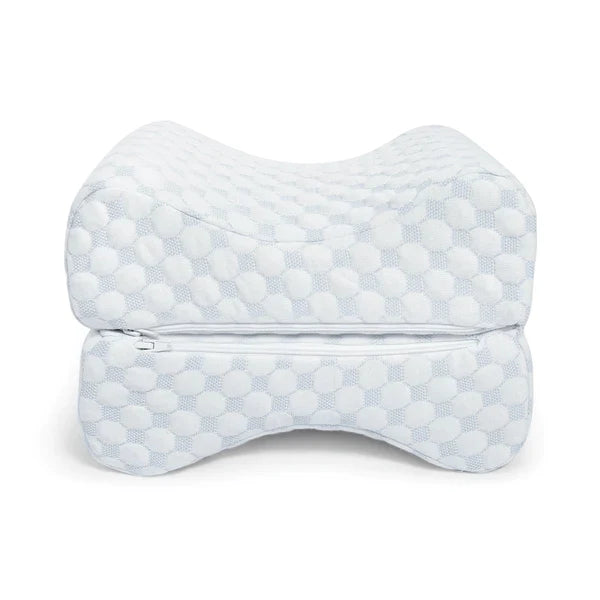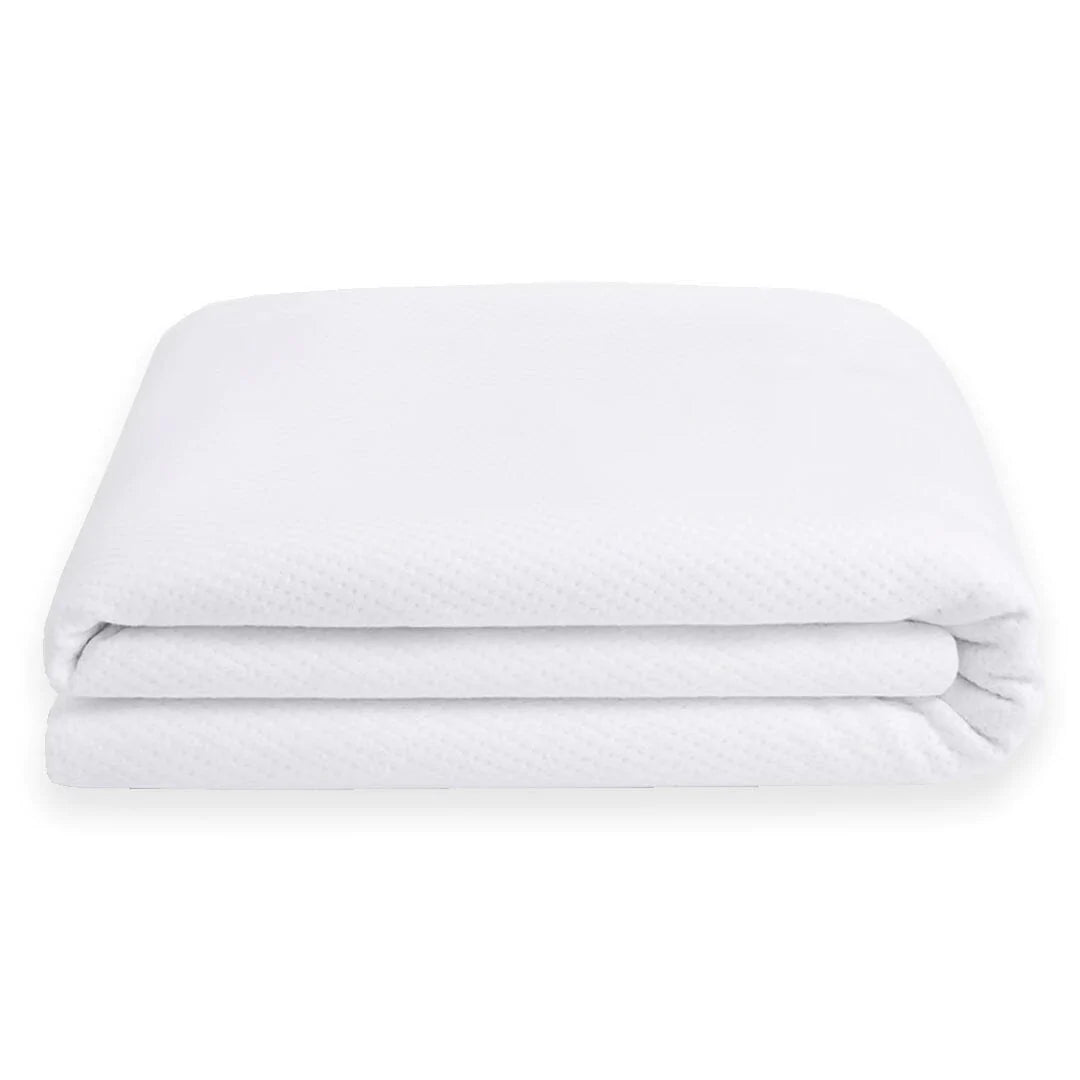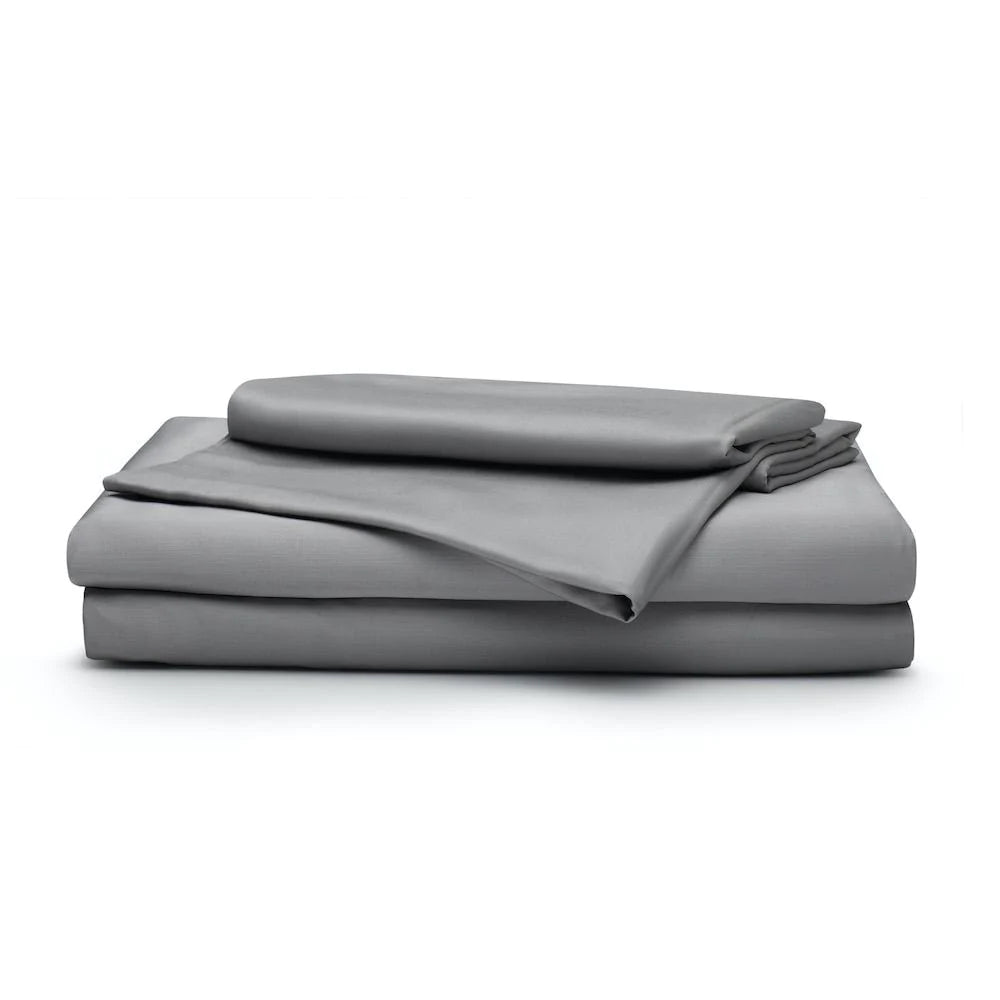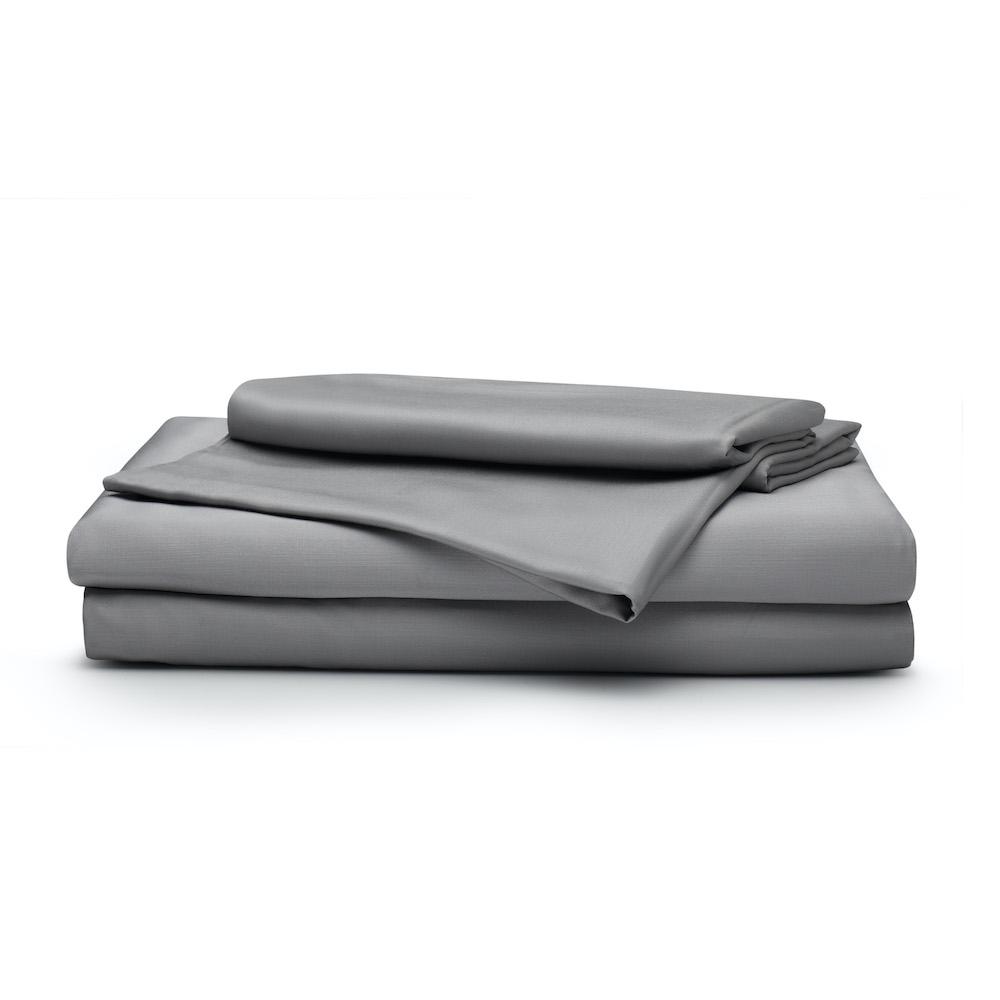SLEEP MYTHS AND FACTS
There are various common myths about sleep. We often hear them, and may even go through them fat too often. In some situations, they can be characterised as ‘old wives tales’, but there are other times the wrong information can be dangerous and severe.
Well, the National Sleep Foundation (NSF) has compiled a list of common myths about sleep, and the basic facts that dispel them.

- Snoring is a common issue, particularly among men, though not harmful
Though snoring are not harmful for most individuals, it can be a sign of a life threatening sleep disorder known as sleep apnea, particularly if is escorted by serious daytime sleepiness. Sleep apnea is characterized by pauses in breathing that stops air from flowing into or out of a sleeping individual’s airways.
Individuals with sleep apnea wake up often during the night gasping for breath. The breathing pause decrease blood oxygen levels, and strains the heart and increases the risk of cardiovascular disease. Snoring on consistent basis has been directly related with hypertension. Also, large neck and weight gain have been linked with sleep apnea.

As we know, sleep apnea can be treated, especially if pauses in the snoring are observed.
- Turning up the radio, opening the window, or turning on the air conditioner are ways to remain awake when driving
These ‘supports’ are ineffective and can be risk to the individual who is driving while feeling sleepy or drowsy. Supposing that you are feeling exhausted while driving, the best thing to do is to pull off the road in a safe rest area and take a short sleep, probably between 15 to 45 minutes.

Caffeinated beverages can also aid overcome sleepiness for a short period of time, nevertheless, it only takes about 30 minutes before the effects are felt. Well, the perfect prevention for drowsy driving is a good night’s sleep the night before your journey.
- Teens who sleep in class have bad habits or are just lazy
Sleep experts says that teens need to get at least 8 hours of sleep every night, at maximum 10 hours. Because their internal biological clocks keep them awake later in the evening and keep them sleeping later in the early morning of the day.

Nevertheless, various schools start classes early in the morning, when a teen’s body wants to rest or sleep. Due to that, many teenagers come to school to sleepy to learn, through no fault of their own.
- You can ‘cheat’ on the amount of sleep you get
According to sleep experts, many grownups need between 7 to 9 hours of sleep every night for a high performance, health and safety. When we do not get the right amount of sleep, we accumulate a sleep loss that can be hard to pay back if it becomes too much.
The resulting sleep loss has been connected to health issues like obesity, high blood pressure, negative mood and behaviour, safety problems in the home, on the job, and on the road, and reduced productivity.

- Daytime sleepiness and tiredness always means an individual is not getting the right amount of sleep
Excessive daytime sleepiness is a condition in which a person feels very sleepy or drowsy during the day and has an urge to sleep when he or she should be fully alert and awake. The condition, which can happen even after getting a nightmare sleep, can be a symptom of an underlying medical condition or sleep disorder like sleep apnea and narcolepsy.
These issues can usually be treated, and signs should be spoken to a physician. Daytime sleepiness can be risky and dangerous and puts one at risk for drowsy driving, injury, and illness. It can also impair one’s mental abilities, emotions, and performance.

- Health issues like obesity, diabetes, hypertension, and depression are not associated to the quality and amount of an individual’s sleep.
Sleep studies have discovered a relationship between both the quality and quantity of a person’s sleep and various health issues. For instance, sleep loss affects growth hormone secretion that is connected to obesity.
As the amount of hormone secretion reduces, the opportunity for weight gain increases. Also, blood pressure often falls during the sleep cycle; nevertheless, interrupted sleep can have bad effects which can lead to hypertension and cardiovascular issues.
In addition, research has shown that loss of sleep impairs the body’s ability to use insulin, which can result to the onset of diabetes. Majority of scientific studies are showing correlations between poor and insufficient sleep and disease.

- As you get older, the amount of sleep you need gets lesser
Experts in this field recommend a range of 7 to 9 hours of sleep for the average adult. While sleep patterns modify as we get older, the amount of sleep we need generally does not. Older individuals may wake often through the night and may actually get less night time sleep, but their sleep need is never lesser than younger adults.
Because older adults may sleep less during the night, but they tend to sleep more during the day. Short period of sleep planned as part of a constant daily routine can be useful in encouraging wakefulness after the individual awakens.

- Your brain rests when you sleep
The body rests when we sleep; nevertheless, the brain stays active, gets recharged and still regulates various body functions including breathing. When we are asleep, we typically drift between 2 sleep states, that is, REM and non-REM.
Non-REM sleep has 4 stages with different attributes, ranging from stage 1 drowsiness, when a person can be easily awakened, to ‘deep sleep’ stages 3 and 4, when awakenings are harder and where the most positive and restorative impacts of sleep happen.
Nevertheless, even in the deepest non-REM sleep, our minds can still process information, REM sleep is an active sleep where you witness dreams, breathing and heart rate increase become more consistent, muscles calm and eyes move back and forth under the eyelids.

















 9 reviews
9 reviews